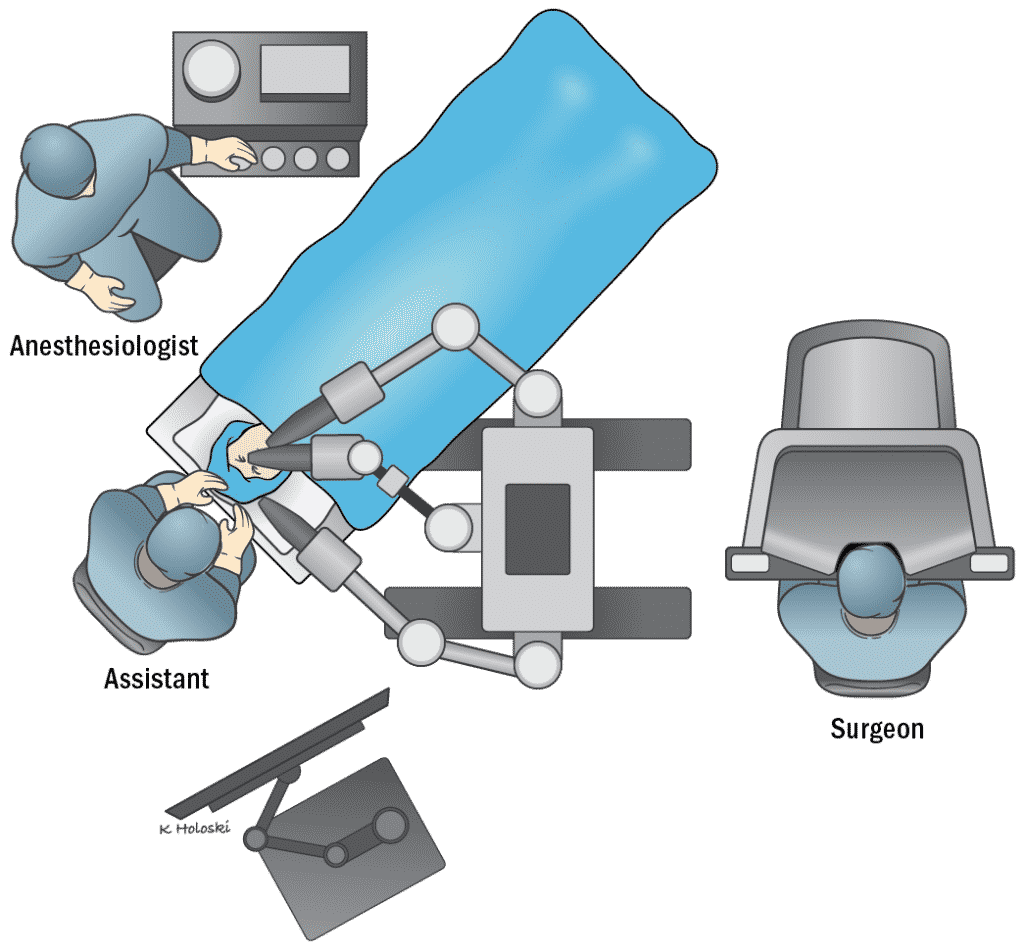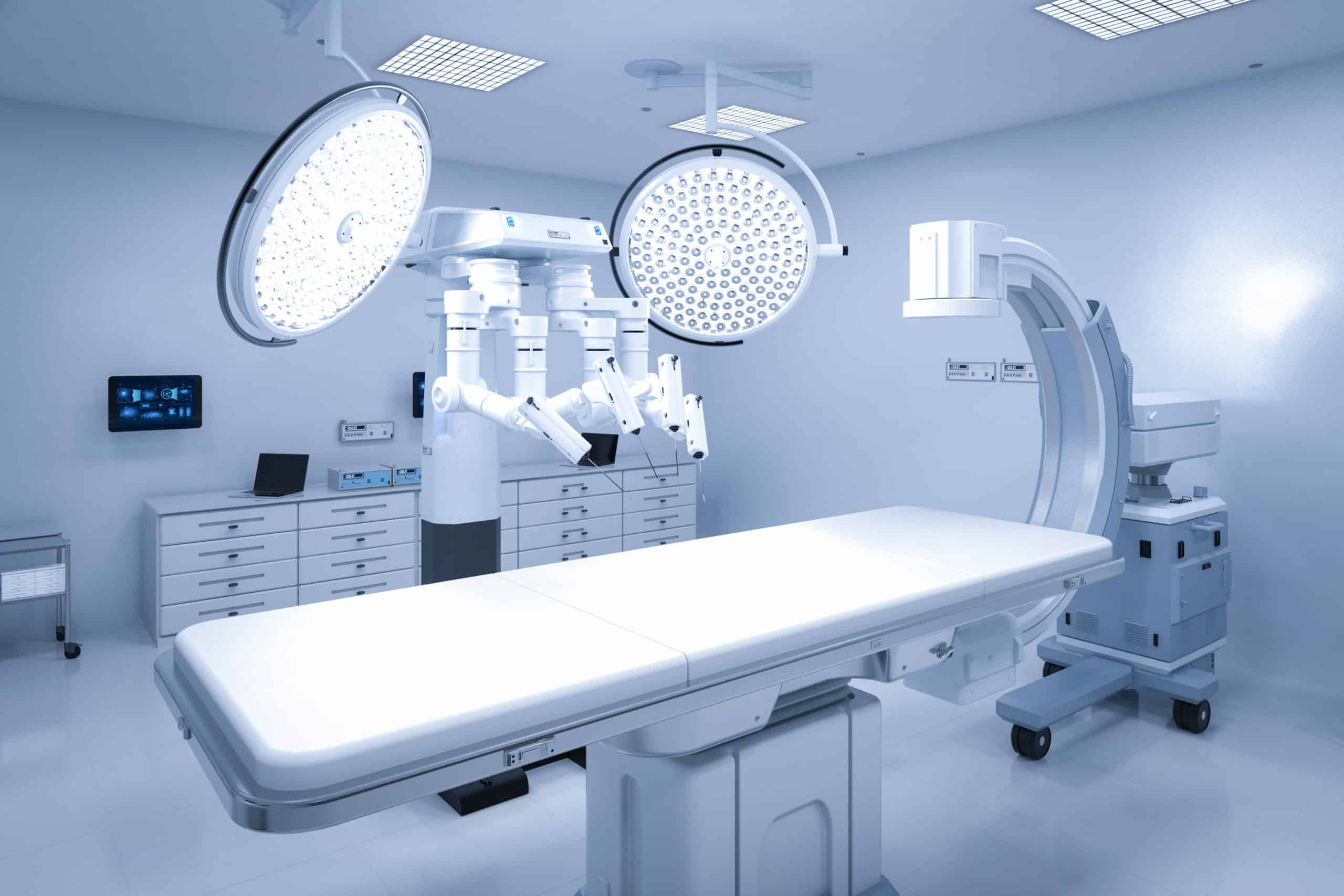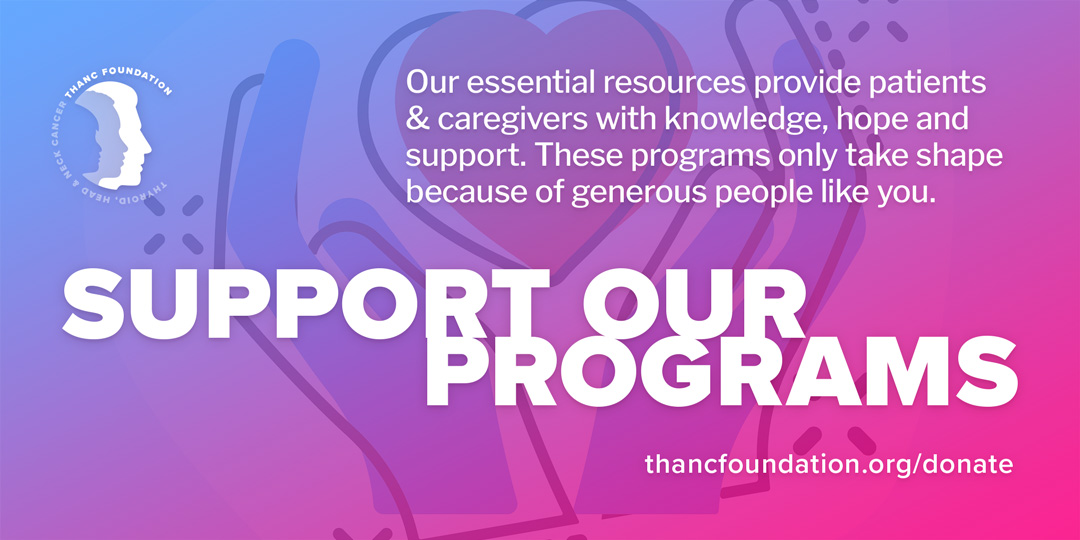Transoral Robotic Surgery (TORS) is a surgical approach that uses a robot to remove tumors located in the mouth.
The advantage of TORS is that it allows surgeons to access hard-to-reach regions, such as the base of the tongue, tonsils, and throat, using thin robotic arms that do not require a large incision. TORS is a less invasive form of surgery with extremely precise resection.
TORS vs. Other Procedures
TORS is the latest surgical alternative for treating cancer in the mouth and throat. The other surgical options for managing oral cancer are referred to as “open surgery.” These procedures must be performed manually by the surgeon and are more invasive. In order for the surgeon to reach the cancer in the back of the throat, they must perform a mandibulotomy in which they cut through the jaw. Thus, open surgical procedures are associated with elevated risks of functional deficits and operative complications. TORS spares the jaw from being cut and preserves better patient functionality, while remaining equally effective as other more invasive surgical procedures. TORS procedures are also often shorter and more precise.
What to Expect
Preparing for Surgery
You will receive specific instructions from your physician for how to appropriately prepare for the procedure, such as when to arrive and food/drink restrictions. In general, patients should not eat or drink anything aside from essential medications after midnight the night before surgery. Patients should reach out to their care team if they have any symptoms of a cold or viral illness before surgery.
On the day of your surgery, you will arrive at the hospital a few hours before your scheduled procedure. The nurses, anesthesiologist, and head and neck surgery team will check in with you. If you have any last minute questions, this is a good time to ask them.
The Surgery
The patient is put to sleep under general anesthesia. Special instruments and retractors are placed in the mouth, allowing the surgeons to better see and reach the area of concern. A 3D camera and two surgical arms are placed within the patient’s mouth. The surgeon controls the robot from the surgical console, which provides a 3D view inside the mouth.
The surgeon removes the tumor and ensures that no cancer cells remain at the margin of the resection. A neck dissection to remove lymph nodes may precede or follow the robotic part of the operation. If the cancer extends microscopically to or beyond the margins after the procedure, your surgeon may recommend follow up radiation or surgical treatment.

Recovery & Aftercare
The duration and course of surgical recovery is case-dependent, but most patients are able to leave the hospital within 2–3 days. Occasionally, a few extra days are needed to help manage pain and to allow for swallow rehabilitation. A dedicated discharge planning team will work with your family to ensure you are properly cared for once you leave the hospital.
In general, most patients require narcotic pain medication for 2–3 weeks following surgery. Patients will eat a modified diet consisting of pureed or soft foods for roughly 3 weeks following surgery. Many patients will return to their typical diet about 1 month after surgery.

Download This Section
Feel free to download and print this page.
It’s free for personal use and to share with others you think might benefit from the information provided.
Risks
As with any surgical procedure, there are risks in undergoing TORS.
- Bleeding (including Hematoma)
Bleeding from the throat can occur after TORS. This is usually mild in nature and does not require a return to the OR. However, rarely severe bleeding can occur after surgery, and the surgeon might need to quickly take the patient back to the operating room to stop the bleeding. This type of bleeding is considered a medical emergency and must be acted upon. Mild bleeding or small blood collections under the skin following a neck dissection (hematomas) can usually be observed. - Seroma
This is a collection of normal body fluid in the neck that occurs following surgery. A surgical drain will usually remove this fluid, but it may also continue to accumulate after the surgical drain is removed. This can be treated with observation, as the body will usually resorb it, or repeated needle aspiration to drain the fluid. - Infection
With any surgical procedure, there is a risk of an infection. This might require antibiotics and/or drainage of the infection. - Dysphagia (or Difficulty Swallowing)
The extent to which a patient’s swallowing is affected will depend on the size and location of the tumor. Patients might work with a speech and swallowing therapist postoperatively to improve their function. - Salivary Fistula
This term is used to describe when saliva is leaking from the pharynx (throat) into the neck. The risk of this is extremely low following TORS. If it does occur, it is commonly managed by placing a nasogastric feeding tube in order to reduce the amount of drainage into the neck. In addition, a drain is also placed into the tissues of the neck in order to allow the saliva to come out and to monitor the amount of drainage over time, which determines when the leakage has sealed.
Frequently Asked Questions
How does the robot work?
The robot is constructed using sophisticated technology that allows the surgeon to manipulate its multiple thin arms using a remote control station typically located elsewhere in the operating room. The robotic arms are equipped with all of the instruments the surgeon needs to visualize and resect the tumor.
How do I find a TORS-certified surgeon?
ORS procedures require extensive surgical training and must be performed by a specialized surgeon. If you qualify for TORS, your physician may refer you to a hospital with staff trained in the procedure. This may require you to travel out-of-state.
What if I do not qualify for TORS?
TORS is approved for a limited number of conditions. If you have advanced cancer, a history of airway issues, or a small mouth that limits transoral access to the throat, you may be excluded from TORS and must undergo a standard open procedure, instead. However, standard open procedures are equally effective means of removing tumors, and a specialized care team will work with you to ensure you receive the best possible treatment going forward.

Top Questions for Your Doctor
Access our list of the most important questions to ask your physician at your next appointment.











